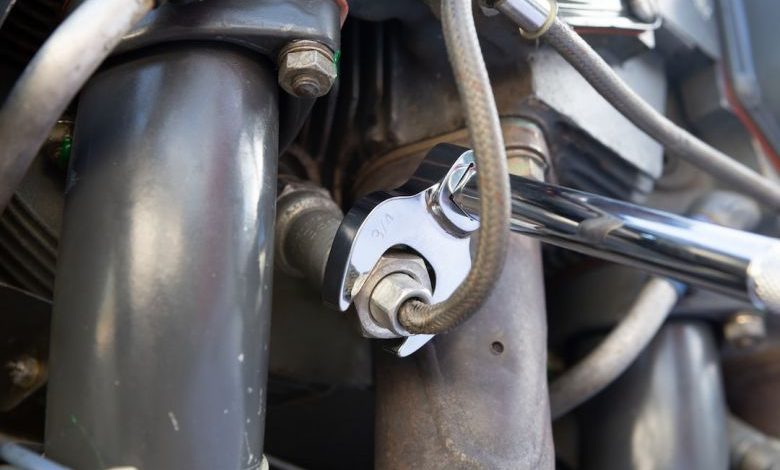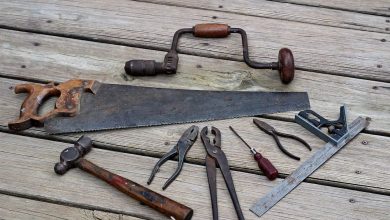Understanding the Mechanics of Hydraulic Jacks

Hydraulic jacks are powerful tools that use the principles of fluid mechanics to lift heavy objects. Whether you are changing a tire or working under a vehicle, hydraulic jacks provide the necessary force to make these tasks easier and safer. In this article, we will delve into the mechanics of hydraulic jacks and explore how they work.
The Basics of Hydraulic Jacks
To understand hydraulic jacks, we must first grasp the basic principles of hydraulics. Hydraulics is a branch of science that deals with the mechanical properties of fluids, particularly in relation to pressure and force. Hydraulic jacks utilize this science to create a mechanical advantage, allowing us to lift heavy loads with minimal effort.
Pascal’s Law
At the heart of hydraulic jacks lies Pascal’s Law, which states that when pressure is applied to a fluid in a confined space, the pressure is transmitted equally in all directions. This means that a small force applied to a small area can generate a larger force on a larger area.
Components of a Hydraulic Jack
A hydraulic jack consists of several key components that work together to create the lifting force. These components include a reservoir, a pump, a valve, a piston, and a cylinder.
Reservoir: The reservoir holds the hydraulic fluid, usually oil, which is used to transmit the force.
Pump: The pump is responsible for creating pressure by forcing the hydraulic fluid into the system.
Valve: The valve controls the flow of the hydraulic fluid, allowing it to enter and exit the system as needed.
Piston: The piston is the main component that transfers the force from the hydraulic fluid to the load being lifted.
Cylinder: The cylinder contains the piston and provides a confined space for the hydraulic fluid to exert pressure.
The Lifting Process
When a hydraulic jack is in its resting state, the valve is closed, preventing the flow of hydraulic fluid. To begin the lifting process, the valve is opened, allowing the hydraulic fluid to enter the cylinder. As the fluid enters, it pushes against the piston, creating pressure.
The pressure exerted by the hydraulic fluid is transmitted equally in all directions, including upward against the load being lifted. This upward force continues until it exceeds the weight of the load, causing the load to rise.
Controlling the Lifting Process
To control the lifting process, hydraulic jacks are equipped with various mechanisms. One common mechanism is a release valve, which allows the user to release the pressure and lower the load slowly and safely. Another mechanism is a pump handle, which is used to manually pump the hydraulic fluid into the system and create the necessary pressure.
Safety Considerations
While hydraulic jacks are powerful tools, it is important to use them safely. Always ensure that the load being lifted does not exceed the recommended capacity of the jack. Additionally, make sure the jack is positioned on a stable and level surface to prevent accidents. Regular maintenance and inspection of the hydraulic jack are also crucial to ensure its proper functioning and prevent any potential failures.
In Conclusion
Hydraulic jacks are ingenious devices that utilize the principles of fluid mechanics to lift heavy loads. By understanding the mechanics behind hydraulic jacks, we can appreciate their power and use them safely and effectively. Remember to always follow safety guidelines when using hydraulic jacks and maintain them regularly for optimal performance.




